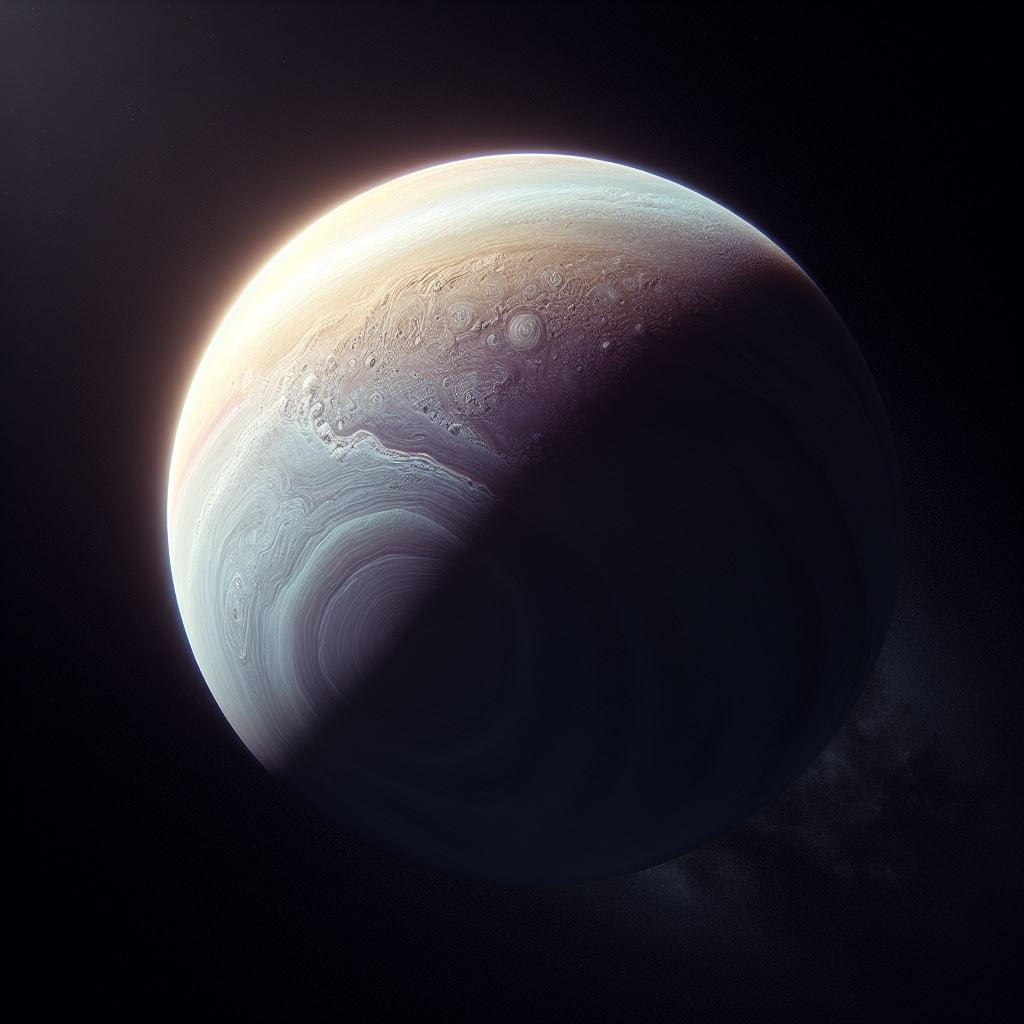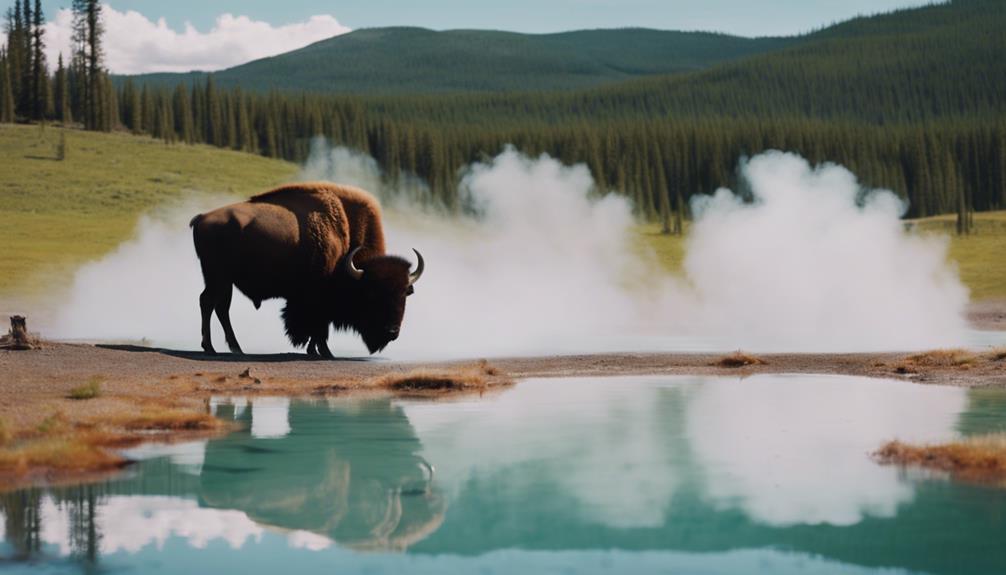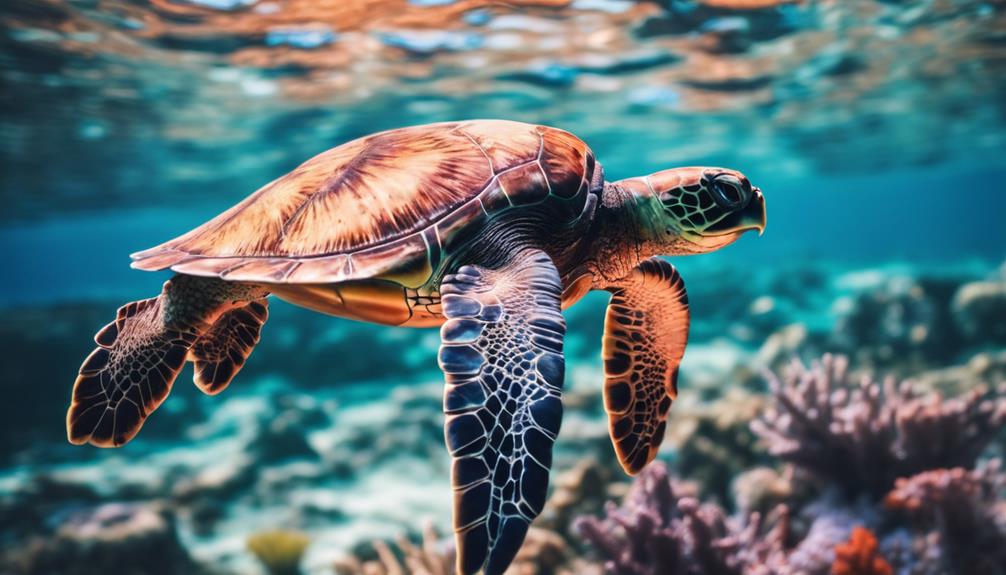When it comes to fun facts about Neptune, this chilly blue giant planet is full of surprises. From its incredibly fast winds to its collection of tiny, icy moons, Neptune has many unique qualities. Read on to discover the top 20 most amazing and fascinating tidbits about this remote ice world in our outer solar system.
History & Discovery of Neptune
- Neptune was discovered in 1846 after mathematical predictions of Uranus’ orbit led astronomers to analyze the region beyond. Its existence was confirmed using telescopes.
- Astronomers Johann Galle and William Lassell were the first to officially observe Neptune.
- Neptune was the first planet discovered through mathematical predictions rather than direct observation. This marked a monumental shift in astronomy.
Location & Orbit of Neptune
- Neptune orbits about 2.8 billion miles from the Sun, making it the farthest planet in our solar system.
- One year on Neptune is equivalent to 165 Earth years due to its long orbital period.
- A single day on Neptune lasts just over 16 hours. The planet has one of the fastest rotational speeds in our solar system.
- Neptune has a highly tilted axis and an elliptical, oval-shaped orbital path.
Composition & Physical Traits
- Neptune is considered an ice giant, meaning it has a dense core surrounded by liquid and gas layers, including water, ammonia, and methane ice.
- Neptune has a mass about 17 times that of Earth and is the fourth largest planet in the solar system.
- This blue planet has the fastest observed wind speeds, which can reach over 1,200 mph and are powered by heat from its interior.
- Neptune has a dynamic, turbulent atmosphere and a powerful magnetosphere despite its distance from the Sun.
Moons of Neptune
- Neptune’s largest moon Triton orbits backward and has active geysers spewing liquid nitrogen.
- Neptune also has 13 other known moons including Nereid, which has the most eccentric orbit of any moon.
- In total, Neptune has 14 confirmed moons, which are likely captured objects. More moons may exist but remain undiscovered.
Exploration & Significance
- Only one spacecraft, Voyager 2, has visited Neptune during a quick flyby that revealed much of what we know today.
- Future exploration will teach us more about icy outer planets and the far reaches of our solar system.
- Neptune may one day be a possible destination for human travelers to explore firsthand.
Top 20 Fun Facts About Neptune
- Windy Weather – Neptune’s winds whip around the planet at over 1,200 mph, the fastest in our solar system. These jet streams may be hot enough to melt aluminum!
- Icy Blue Color – Methane gas gives Neptune its distinctive, vivid blue color. Up close, the planet’s atmosphere has bands of azure blue.
- Named After the Sea God – Neptune was named after the Roman god of the sea and got its ocean-blue color before scientists knew about its makeup.
- A Tilted World – At 29 degrees, Neptune has the most tilted axis of any planet, causing wild variations between seasons.
- Ringmaster – Five main rings circle the planet, likely comprised of debris and chunks of ice. The rings are super faint and hard to observe.
- Teeny Tiny Moons – Neptune’s moons are relatively small. The largest, Triton, is only about 1/6th the size of Earth’s moon.
- Magnetosphere Mystery – Scientists are unsure how Neptune’s magnetic poles work since they are oddly off-center and tilted.
- Mostly Methane – Methane makes up 2% of Neptune’s atmosphere. The gas absorbs red light, making the planet look blue.
- Constant Storms – Massive storms, like the famous Great Dark Spot, whip across Neptune powered by heat from its core.
- A Striking Blue – At negative 218 degrees Celsius, Neptune is quite cold. But images show a stunning, vivid sapphire color.
- Discovered By Math – Neptune was the first planet found using mathematical calculations instead of direct observation through a telescope.
- A Bit Bigger Than Earth – With a diameter around 4 times bigger than our planet, Neptune is the smallest of the ice giants.
- From Ice to Gas – Neptune is probably comprised of a dense inner core of rock and ice covered in water, ammonia, and methane fluids.
- A Fast Mover – It takes Neptune only 16 hours to fully rotate compared to 24 hours on Earth. Talk about a speedy planet!
- Far Out There – At an average distance of 2.8 billion miles, Neptune is 30 times farther from the Sun than Earth.
- A Cold, Cold World – Neptune’s average temperature hovers around -353 degrees Fahrenheit. Brr, that’s cold!
- Many Moons – So far, astronomers have discovered 14 moons orbiting the planet. The biggest, Triton, orbits backward!
- Through the Looking Glass – Neptune was named before it could be seen clearly. Early telescope images showed a blue disc, hence the name!
- Long Orbit – One lap around the Sun takes Neptune a whopping 164.8 Earth years due to its vast distance away.
- Space Snow – Icy compounds like methane and ammonia may rain from Neptune’s clouds as slushy bouts of “space snow.
Conclusion
Neptune truly lives up to its mythical name as a far-off world of fascinations. This distant ice giant still hides many mysteries that future exploration will aim to uncover. For now, these fun facts shed new light on the unusual traits that make Neptune such an intriguing dot in our solar system’s outer limits. Learning about this chilly blue marvel provides insight into planets near and far.
Getting to Know the Most Distant Planet: FAQs About Neptune
Neptune captivates us with its beautiful blue appearance and fascinating facts that set it apart in our solar system. If you want to dive deeper into this remote, icy giant planet, check out answers to these frequently asked questions.
Q: How was Neptune discovered?
A: Neptune was discovered in 1846 after changes to Uranus’ orbit led astronomers to analyze the space beyond it. Mathematical predictions pointed to an unseen planet, and Neptune was first observed through a telescope shortly after.
Q: What gives Neptune its blue color?
A: Neptune’s vivid blue color comes from methane gas in its atmosphere. Methane absorbs red light waves, causing the atmosphere to take on a striking blue hue.
Q: How many moons does Neptune have?
A: So far, astronomers have discovered 14 moons orbiting Neptune, with its large moon Triton being the most famous. More moons likely exist but have not yet been detected.
Q: Why is Neptune so cold?
A: Neptune is extremely cold due to its vast distance from the Sun. With an average temperature of -353°F, Neptune is over 30 times farther from the Sun than Earth’s orbit.
Q: How long is a day and year on Neptune?
A: A Neptunian day takes about 16 hours, quite speedy compared to Earth’s 24-hour rotation. Meanwhile, a year on Neptune equals a whopping 165 Earth years due to its remote location.
Q: What types of weather occur on Neptune?
A: Neptune experiences powerful winds, massive storms, and atmospheric changes. Wind speeds can reach over 1,200 mph, the fastest detected in our solar system.
Q: Could humans ever visit Neptune?
A: While no humans have traveled to Neptune yet, future advances in spaceflight and technology may one day make a crewed mission to explore Neptune possible.
Q: Why is Neptune important to study?
A: As an ice giant planet, Neptune provides clues about the formation of our solar system and worlds beyond Earth’s orbit. Analyzing this distant planet helps broaden astronomical knowledge.
Q: What spacecraft have visited Neptune?
A: Only one spacecraft, Voyager 2, has flown by Neptune so far back in 1989. Future missions will aim to study this mysterious planet up close.
Want to learn even more Neptune facts? Check out our blog post on the most fascinating tidbits about this chilly blue giant planet.





